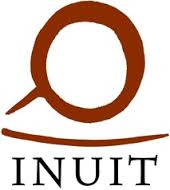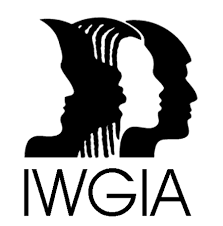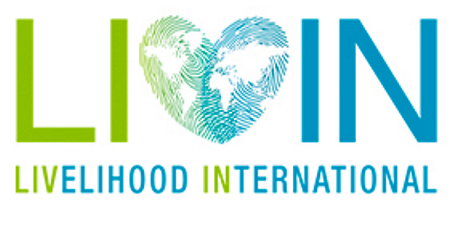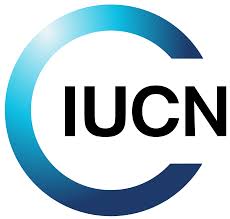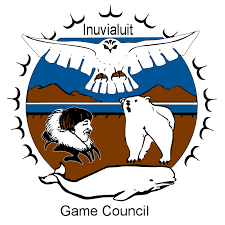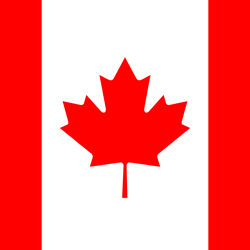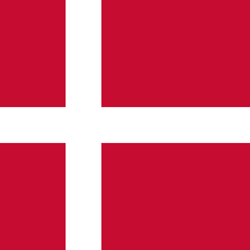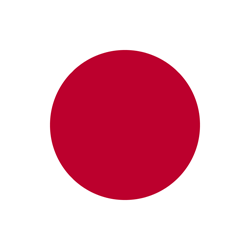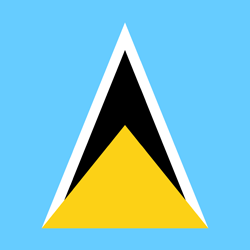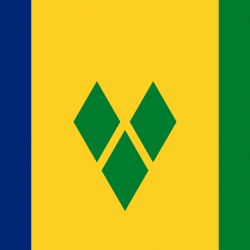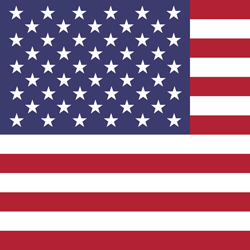NAMMCO is an international regional body for cooperation on conservation, management and study of cetaceans (whales, dolphins and porpoises) and pinnipeds (seals and walruses) in the North Atlantic.
The members of NAMMCO — Faroe Islands, Greenland, Iceland and Norway — are committed to sustainable and responsible use of all living marine resources, including marine mammals.
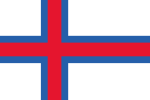
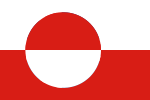
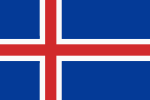

Through regional cooperation, the NAMMCO member countries aim to strengthen and further develop effective conservation and management measures for marine mammals. Acknowledging the rights and needs of coastal communities to make a sustainable living from what the sea can provide, such measures should be based on the best available scientific evidence and user knowledge. Additionally, the measures should take into account the complexity and vulnerability of the marine ecosystem.
The NAMMCO Agreement focuses on consolidating and advancing scientific knowledge on marine mammals to better understanding their roles and interactions in the North Atlantic marine ecosystem. In 2017 NAMMCO member countries reaffirmed their cooperation through the Nuuk Declaration.

How we work
The Commission works through the Council and subsidiary bodies, all of which adhere to the principle of consensus. Each member country has a representative in all committees of the Commission. Committees may appoint working groups or expert groups to investigate specific issues. An overview of current office bearers can be found here.
NAMMCO uses both a top-down and bottom-up management approach. The Commission and its committees usually initiate their work in response to requests for advice or information from member Countries. The Council then endorses these requests and forwards them to the relevant committee(s). Furthermore, NAMMCO scientists and experts who advise the organization may become aware of conservation issues that NAMMCO has not yet addressed or advances in relevant technologies. Proposals concerning future work can be forwarded to the Council, which in response, may charge the relevant committee to consider the issue, so further action can be implemented if necessary.






Canada Greenland Joint Commission for Narwhal and Beluga
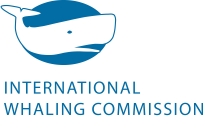
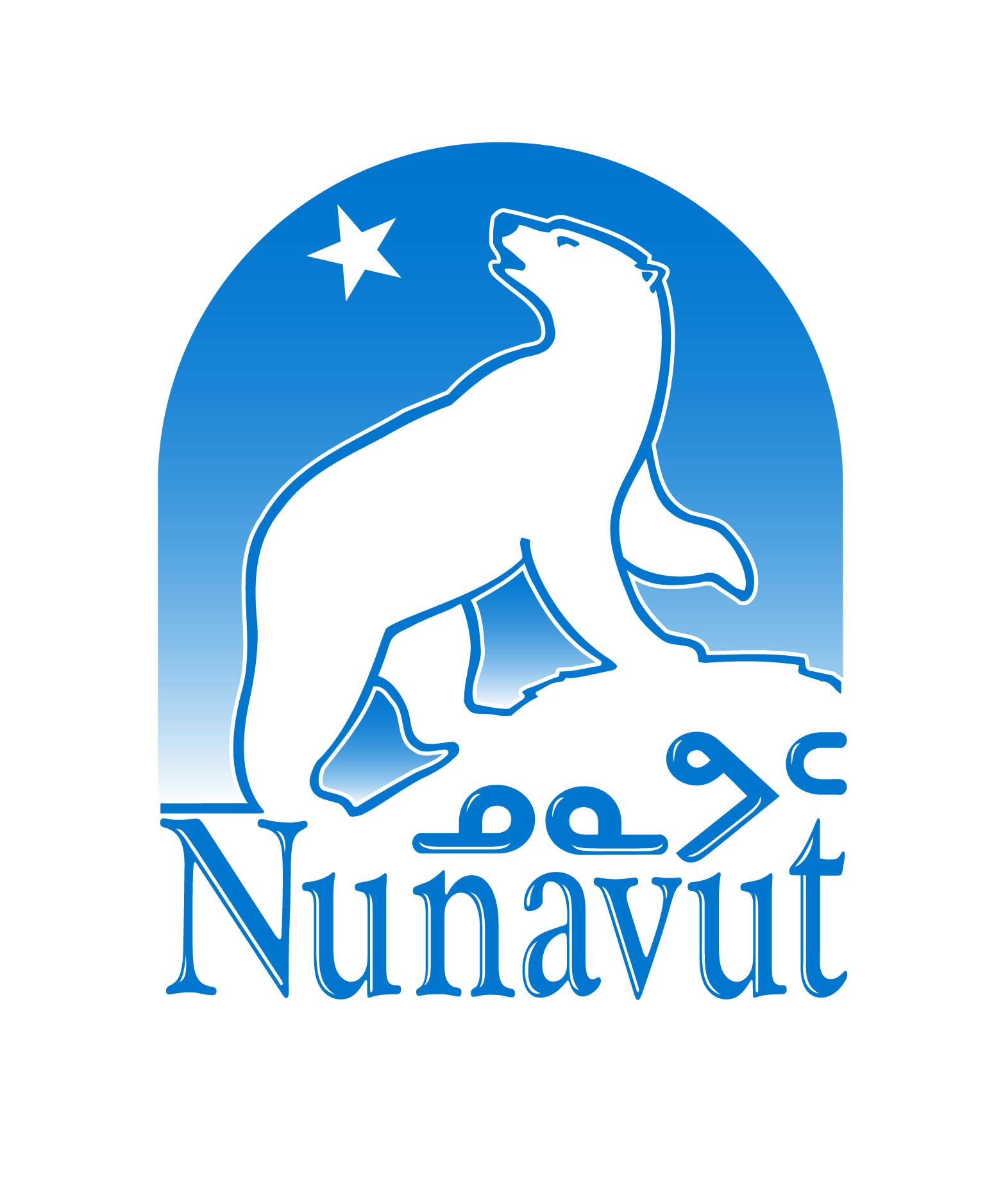
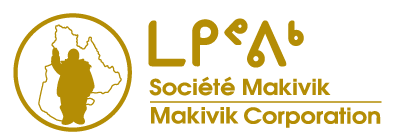

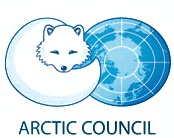

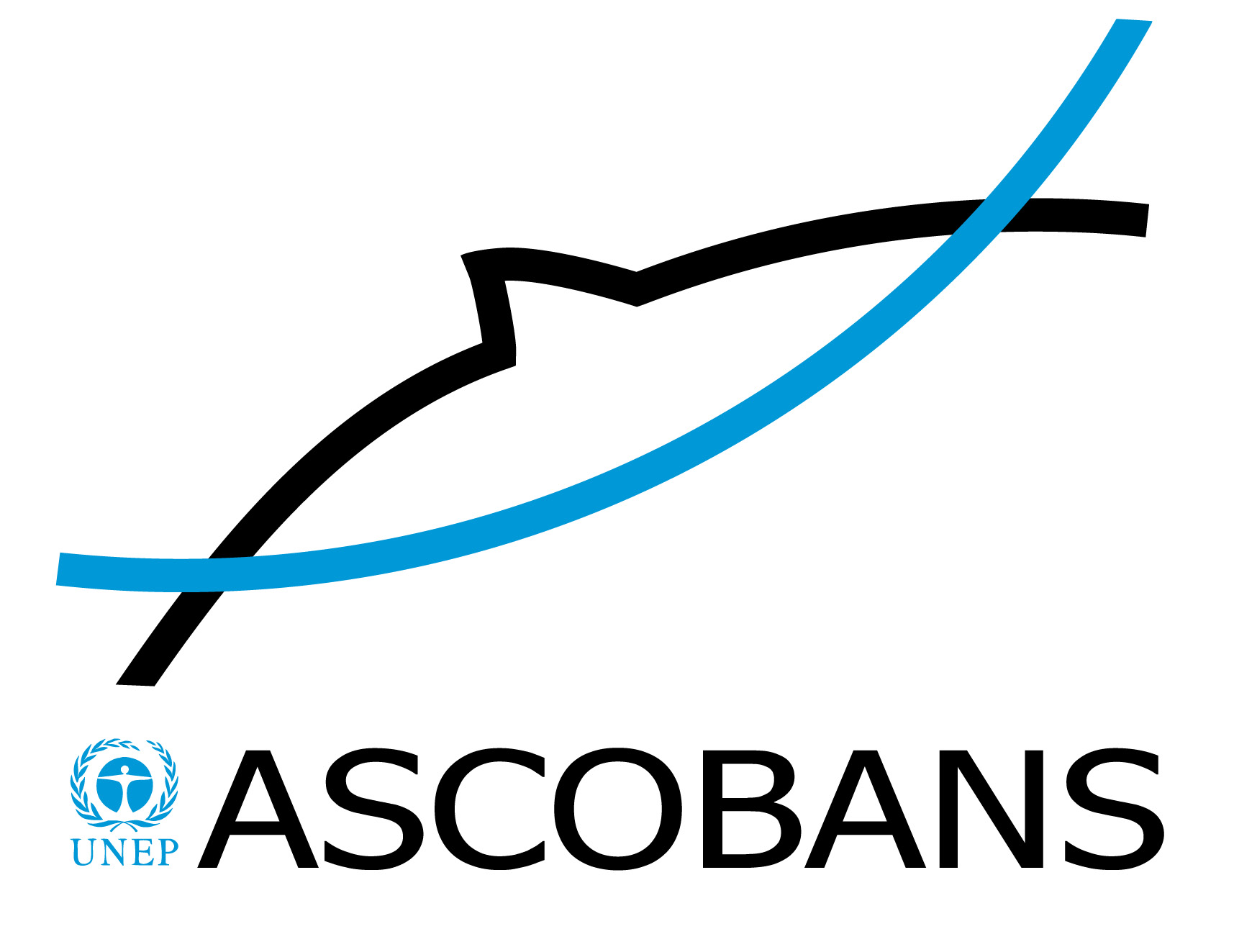
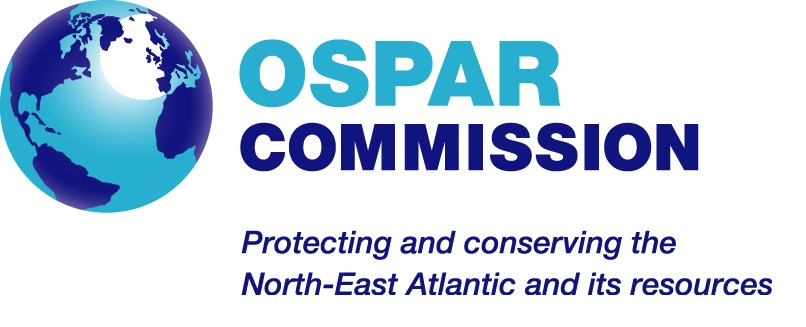
Association of Traditional Marine Mammal Hunters of Chukotka (ATMMHC)


